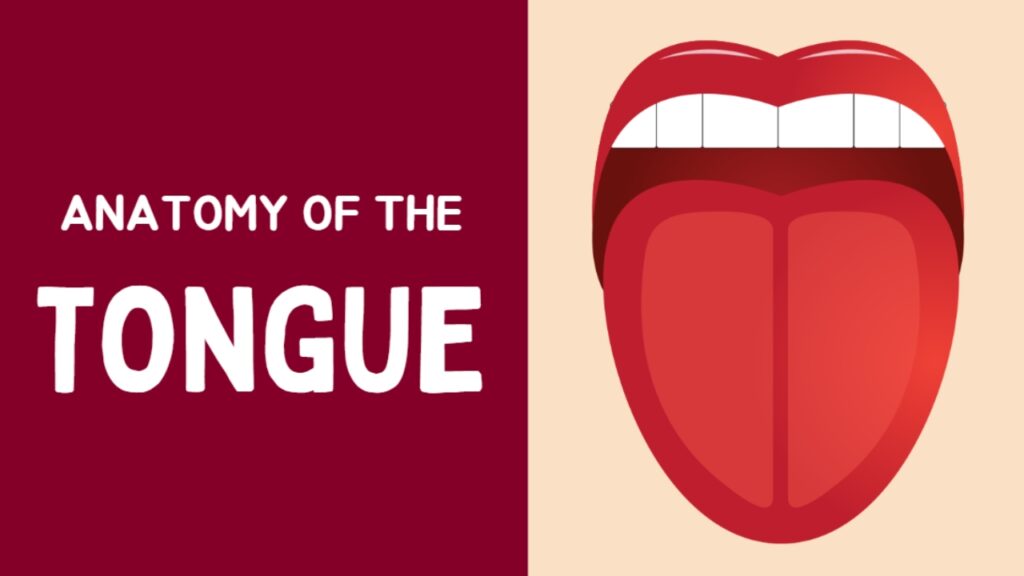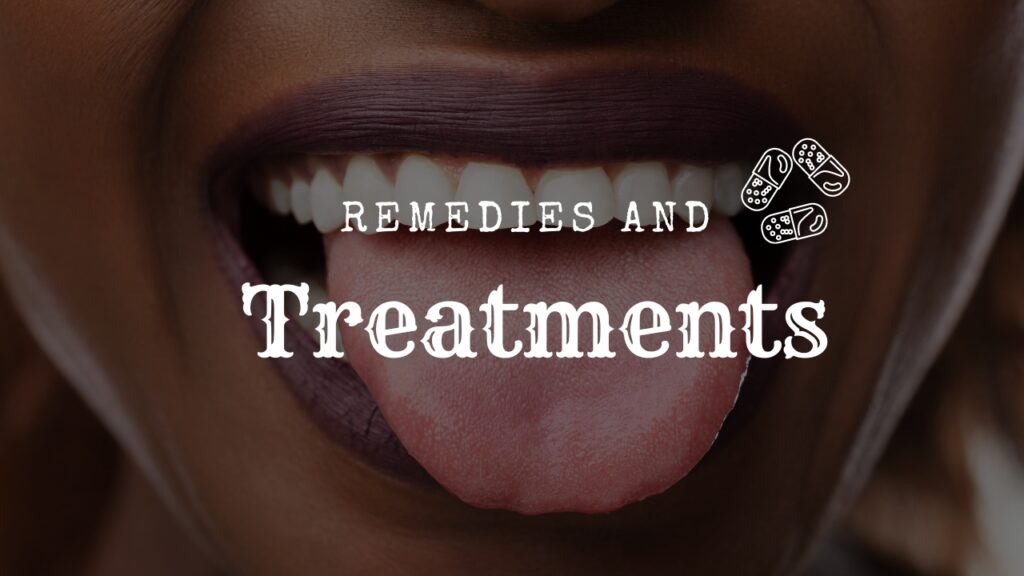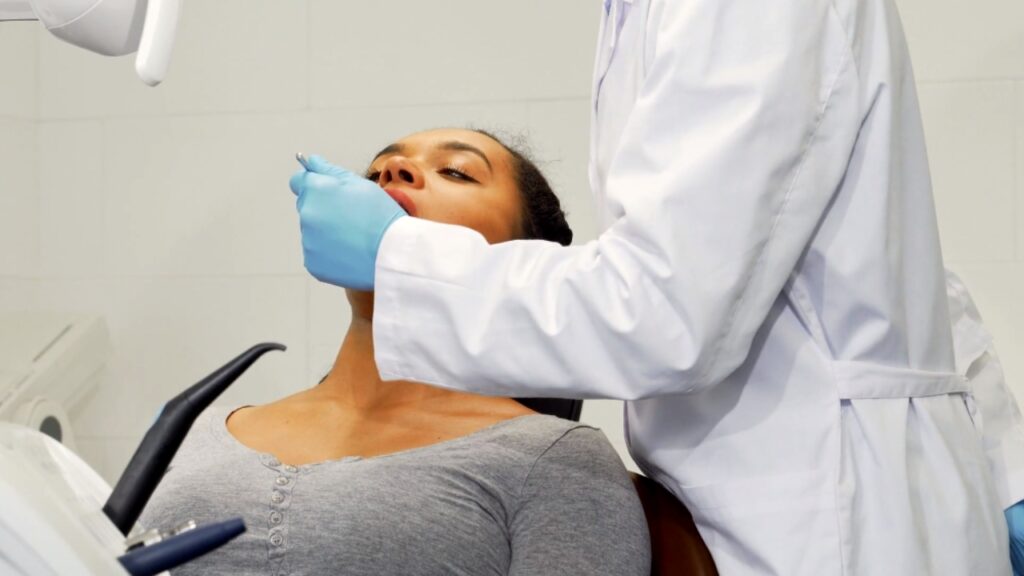
When it comes to oral health, we tend to focus mostly on our teeth and gums. However, our tongues – the workhorses of our mouth – are vital for various functions such as taste, swallowing, and speech.
So, when you notice bumps on the back of your tongue, it’s only natural to be a little worried. This blog post explores what these bumps mean, their potential causes, remedies, and treatments.
The Normal Anatomy of the Tongue

Before we dive into the causes, it’s crucial to recognize what a normal tongue looks like. The back of your tongue, or the posterior third, is home to the lingual tonsils, which are small mounds of lymphatic tissue. These tiny bumps are perfectly normal. So, don’t panic if you’ve just discovered them.
Causes of Bumps on the Back of the Tongue
1. Transient Lingual Papillitis (TLP)
Sometimes referred to as ‘lie bumps,’ these are small, painful bumps that appear suddenly and may disappear within a few hours or days without any treatment. Their exact cause is unknown, but they’re believed to be linked to stress, hormonal fluctuations, or specific food sensitivities.
2. Viral Infections
Certain viral infections like the common cold, flu, or mononucleosis can lead to enlarged or swollen lingual tonsils.
3. Bacterial Infections
Infections such as strep throat or oral thrush (a yeast infection) can result in bumps on the back of the tongue.
4. Allergic Reactions
If you’re allergic to specific foods, medications, or substances, bumps may appear on your tongue after exposure.
5. Oral Cancer
In rare cases, lumps on the back of your tongue may be a sign of oral cancer. Any lump that doesn’t heal within two weeks should be examined by a healthcare professional.
Remedies and Treatments for Bumps on the Back of the Tongue

Home Remedies
- Saltwater Rinse: Gargling with warm salt water can help soothe your mouth and may aid in reducing inflammation and pain.
- Good Oral Hygiene: Maintain a regular oral care routine, including brushing twice daily and using an alcohol-free mouthwash.
- Hydration: Drinking plenty of water can keep your mouth moist, preventing dryness and potential irritation.
Medical Treatments
- Antibiotics/Antifungals: If your bumps are due to a bacterial or fungal infection, your healthcare provider may prescribe an antibiotic or antifungal medication.
- Steroids: In cases of severe inflammation, a healthcare provider may recommend a topical steroid to reduce swelling and discomfort.
- Antihistamines: If the bumps are a result of an allergic reaction, an antihistamine can help reduce the allergic response and alleviate symptoms.
- Cancer Treatment: If the bump is a sign of oral cancer, your healthcare provider will recommend a suitable treatment plan which may include surgery, radiation therapy, or chemotherapy.
Prevention is Better Than Cure
To minimize the chances of developing bumps on the back of your tongue:
- Keep good oral hygiene.
- Avoid allergenic foods or substances if you’re aware of specific allergies.
- Limit your intake of alcohol and quit tobacco use.
- Regularly check your mouth and tongue for any unusual changes.
When to See a Healthcare Provider

Although most bumps on the back of the tongue are harmless and resolve on their own, it’s important to seek medical attention if you notice persistent bumps, experience difficulty swallowing, or if the bumps are accompanied by other concerning symptoms like unexplained weight loss or persistent ear pain.
Deeper Insight into Specific Causes
Let’s explore in more detail some of the causes of bumps on the back of your tongue, their specific symptoms, and treatments.
Oral Thrush
Oral thrush, or oral candidiasis, is a yeast infection caused by Candida fungus. It’s often characterized by white, cheesy-looking patches on the tongue and the inner cheeks. While thrush can affect anyone, it’s more common in infants, the elderly, and those with weakened immune systems.
Treatment: Antifungal medications, such as nystatin or fluconazole, are typically used to treat oral thrush. You can also help control the infection by maintaining good oral hygiene and eating a balanced diet.
Glossitis
Glossitis is the inflammation of the tongue, leading to changes in its texture and color, making it appear smooth and shiny. Glossitis can be due to allergies, infections, burns from hot food or beverages, or specific nutritional deficiencies.
Treatment: The treatment for glossitis depends on its cause. For example, if it’s due to a nutritional deficiency, supplements may be recommended. If an infection is causing glossitis, antibiotics or antifungal medications may be prescribed.
Geographic Tongue
Geographic tongue is a benign condition that affects the surface of your tongue, causing it to have a map-like appearance. It’s typically characterized by red, smooth patches surrounded by whitish borders.
Treatment: Geographic tongue doesn’t typically require treatment as it’s a harmless condition. However, if discomfort is experienced, over-the-counter pain relievers and anti-inflammatory steroids might be prescribed.
Leukoplakia
Leukoplakia causes thick, white patches to form on your tongue and inside your mouth. It’s often associated with tobacco use. While leukoplakia is usually harmless, it can sometimes be a precursor to cancer.
Treatment: Your healthcare provider may recommend regular monitoring, but if there’s a risk of cancer, the patch might need to be removed.
The Role of Diet in Oral Health

Your diet plays a significant role in your oral health, including the health of your tongue. Eating a well-balanced diet rich in vitamins and minerals can help maintain the health of your tongue and prevent infections.
For instance, deficiencies in nutrients such as iron, folic acid, or vitamin B-12 can contribute to a swollen and sore tongue. Regularly consuming a diverse range of fruits, vegetables, lean proteins, and whole grains can help prevent such deficiencies.
The Power of Regular Dental Checkups

Regular dental check-ups are essential not just for the health of your teeth but also for your overall oral health. During a routine dental check-up, your dentist can detect signs of oral health issues, such as bumps on the back of your tongue. Early detection of these symptoms can lead to quicker treatment and better outcomes.
Closing Thoughts
Though discovering bumps on the back of your tongue can be unsettling, understanding their potential causes and remedies can help reduce anxiety and guide effective action.
Remember, maintaining good oral health is key to preventing most tongue-related problems. However, always consult with a healthcare professional if you have persistent or concerning symptoms.
Suffering from nasal congestion? Discover effective methods to quickly relieve a runny nose without relying on medication.